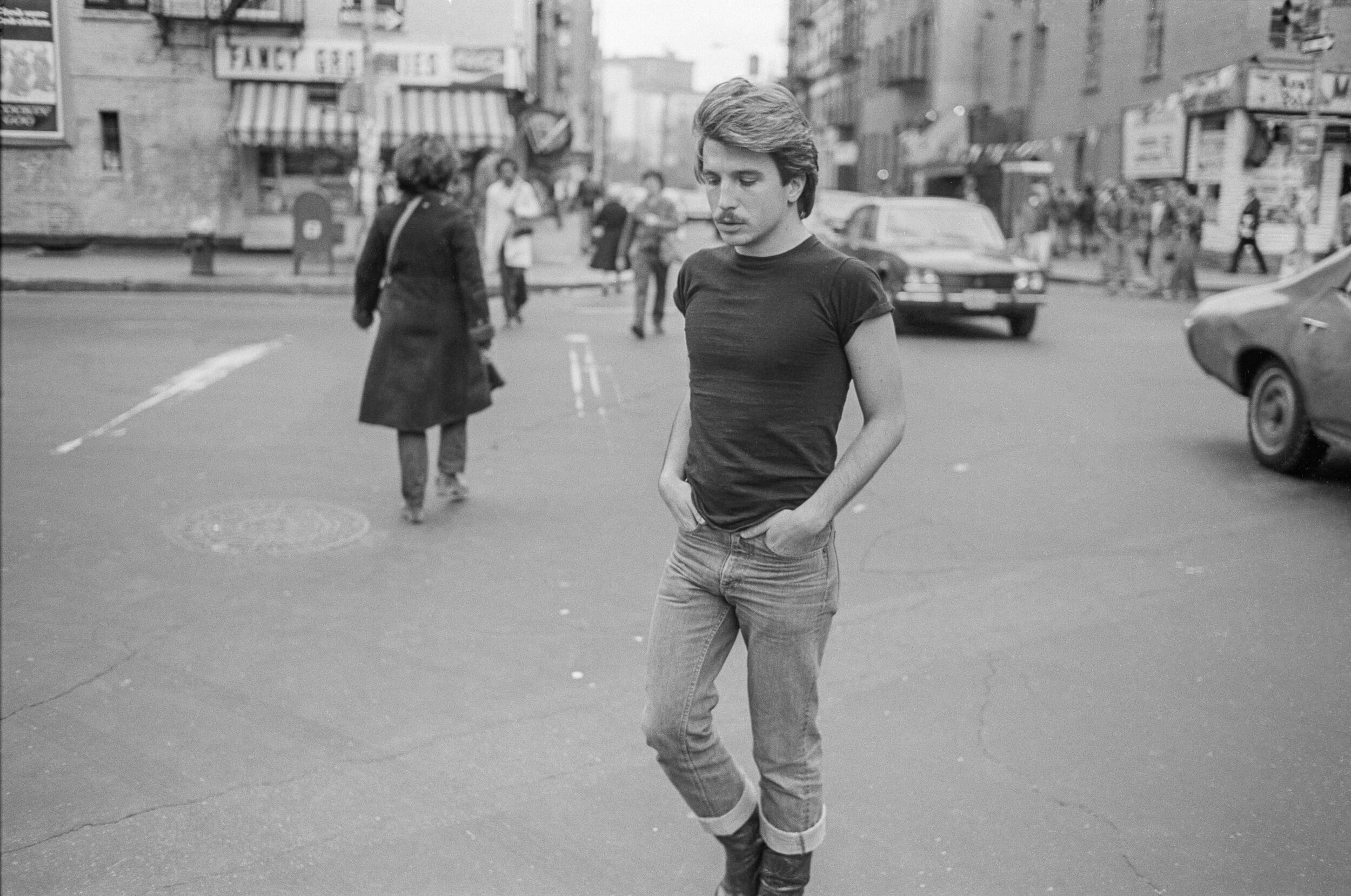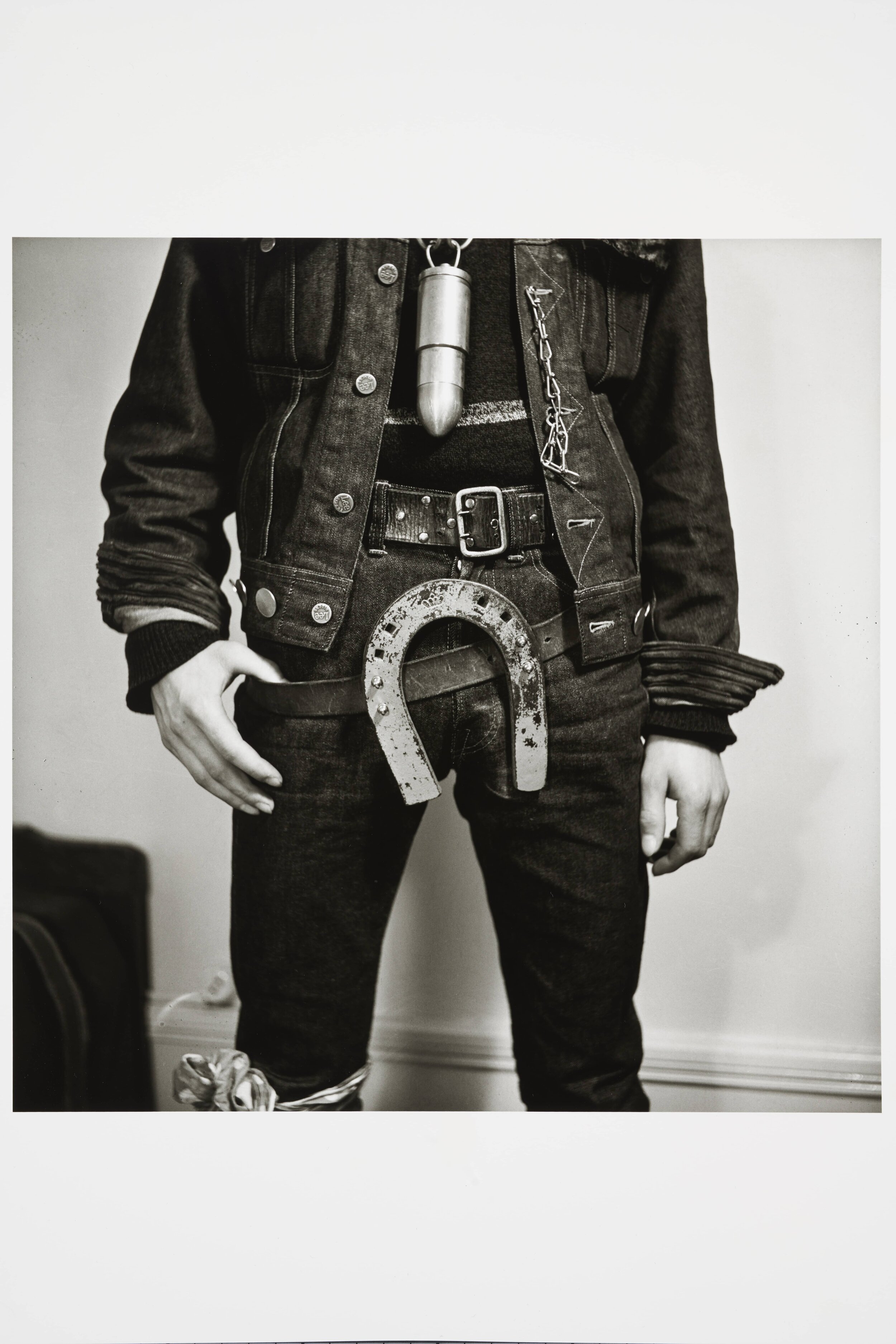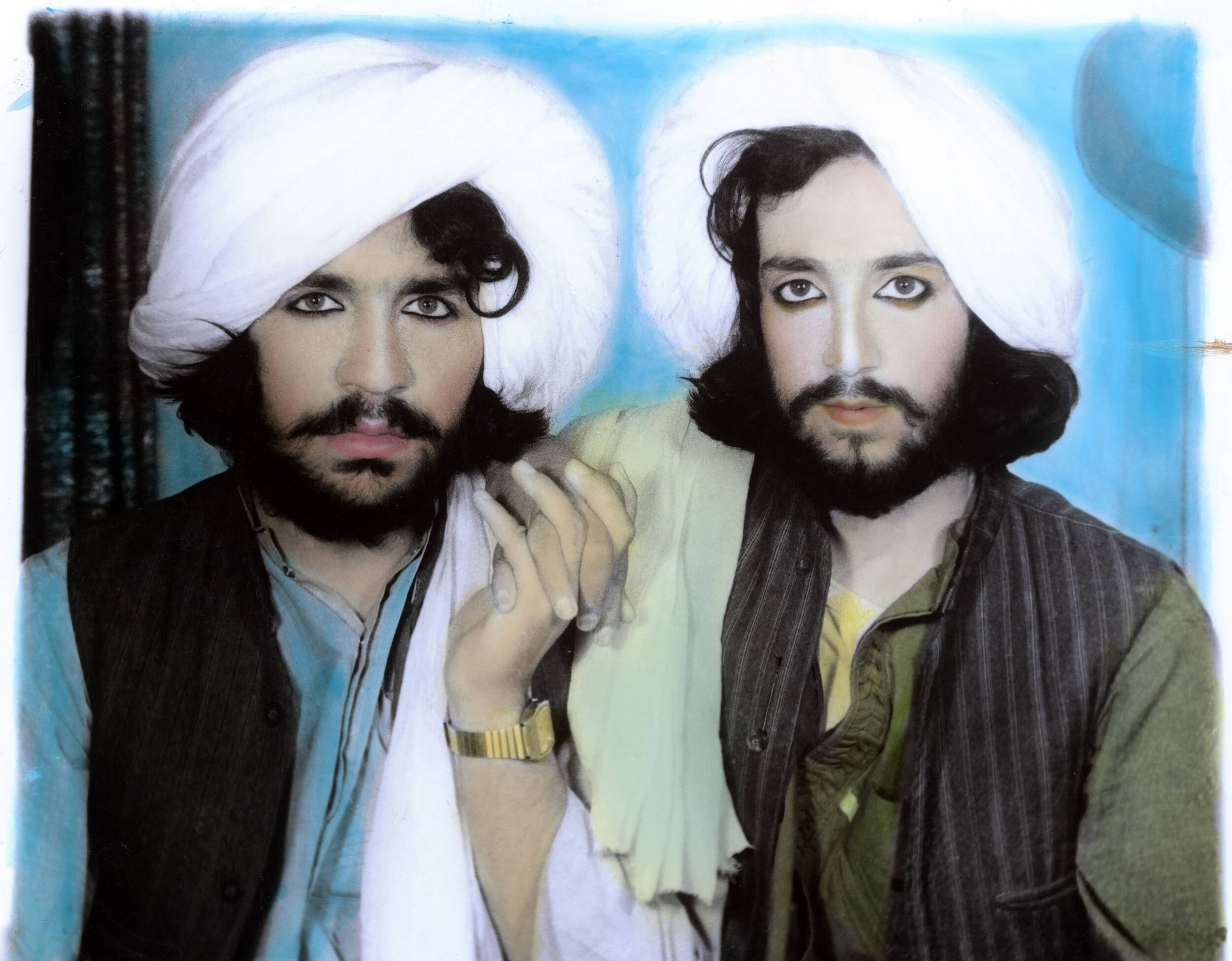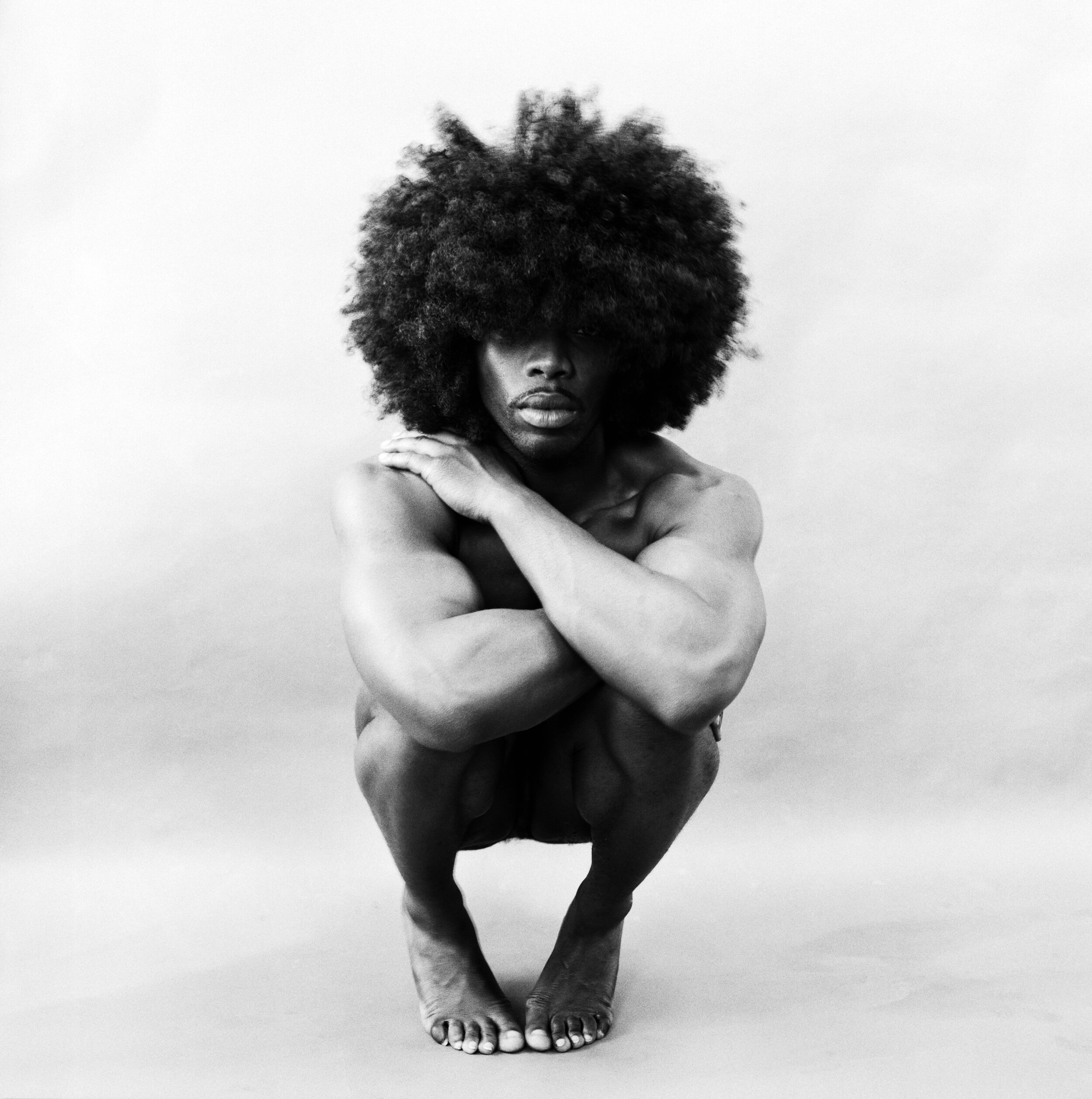Masculinities: Liberation through Photography

I find the topic of masculinity as equally topical as it is unexplored. As someone who has vivid memories (cheers Astrology), I still very much remember learning the concept of ‘Camp’ at school and then immediately dismissing the idea because it is not in sync with societal values. And then there’s the cultural issue which kind of adds further complication. “Boys don’t cry.” And so, I suppressed even questioning about it.
In recent conversations with my friends from school, which date back to a local primary school in Hong Kong and an all-boys schools in the UK, the conversations often lead to questioning their respective role models. And even with years of both amateur and professional photography experience, I struggle to give an answer in respect of the photography industry. Sure, there are plenty of respectful names that feature in mainstream media and print; but there’s a stark difference in liking a particular piece (of an artist), and liking the artist as a whole in respect of their background, style and conceptualization. Least on this blog, I have yet to discuss this in depth.
“Orgasmic Man” by Peter Hunar
“t and gabriel” by Elle Pérez
Masculinities: Liberation through Photography offers a retrospect of photography and film which challenges the traditional perception of masculinity as we know it. With photography and film works from the 1960s, the exhibition documented the unequal powers between gender, race and class, but also street photographs of New York’s Christopher Street, the site of the 1969 Stonewall Uprising.
In examining the traditional social dominance of the male, where history has determined a hierarchy in gender, this exhibition is an investigation into queer identity (room “Queering Masculinity”), race, power and patriarchy (room “Male Order”. The first segment of the exhibition, ‘Disrupting the Archetype’, features soldiers, cowboys, bodybuilders and wrestlers. This is where you’ll find colourful portraits of soldiers with black eyeliner, holding hands and using flowers as props. All of which contradict the conventional stereotype (Thomas Dworzak, Taliban portraits, Kandahar, Afghanistan, 2002).
Then, an intriguing minute short of a clothed male crotch (Knut Asdam, Untitled: Pissing, 1995) which presents an embarrassing yet intimate situation. It’s a silent film which presents the viewer with a fleeting moment of cringe. In the description, [the video] … “addresses questions of shame, loss of control and eroticism”. In particular, it represents the idea of failed masculinity and the pressures to fulfil expectations of successful manhood. And further, a film of a performance artist weeping uncontrollably which is a rare sight of emotional expression and debunking the aforementioned concept. Men do cry.
In the room “Family and Fatherhood”, don’t expect conventional family narratives. This is where artists deliberately twist and challenge boundaries. In a series of four photographs, the artist assumes the role of the father figure in strangers’ family portraits. Whilst the artists’ intention was to encourage the viewer to challenge gender roles, it’s amazing how such an unnatural concept can reflect a sense of normality in the photographs. There are also heartwarming works that featured a cinematic sequence of images which explore the poignant relationship between a grandfather and a grandson.
Continuing on the upper level, you will find representations of gay public space where landmarks were photographed in personal ways to depict the contrasting cultural norms and different attitudes towards acceptance (Exiles, Christopher Street, Sunil Gupta, 1976/2019). There was also a black-and-white film, filmed at the height of the AIDS epidemic, which narrates a story that addresses the dangers faced by queer people of colour (Looking for Langston, Isaac Julien, 1989).
I still think it’s amateur to list favourites, but there are few works that can really resonate power. On one of the final walls of the exhibition, you will find a set of two large photographs. On the left is an image of a hand holding a small vial of testosterone; on the right is a close-up of a palm frond, which was once a hallmark of Puerto Rican cultural production (t and gabriel, Elle Pérez, 1989). For the artist, the duality of sex unique to plants serves as a powerful double for gender fluidity.
Masculinities: Liberation through Photography is now open until Sun 23 Aug 2020.









